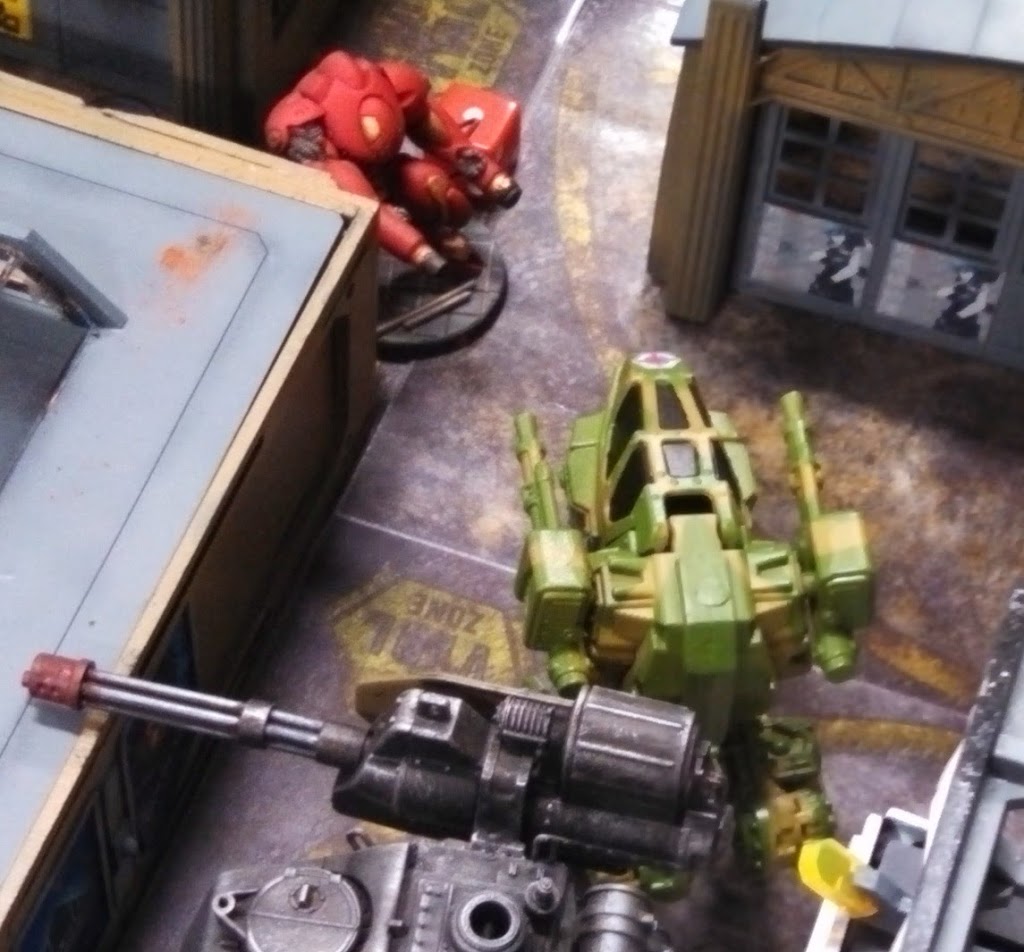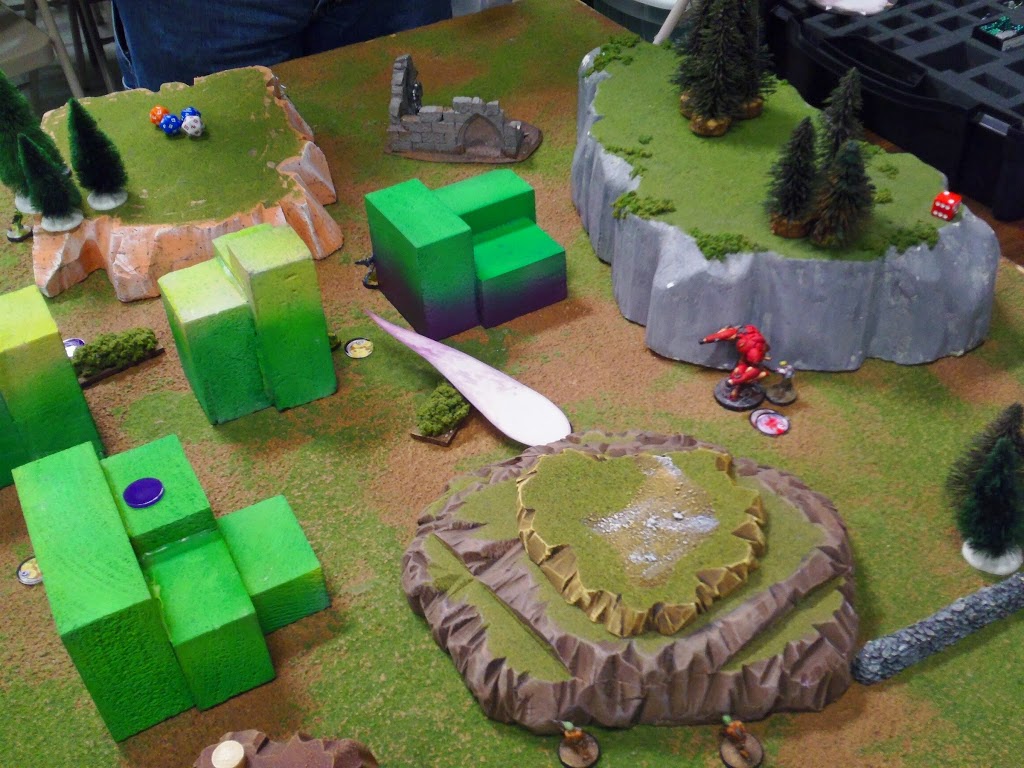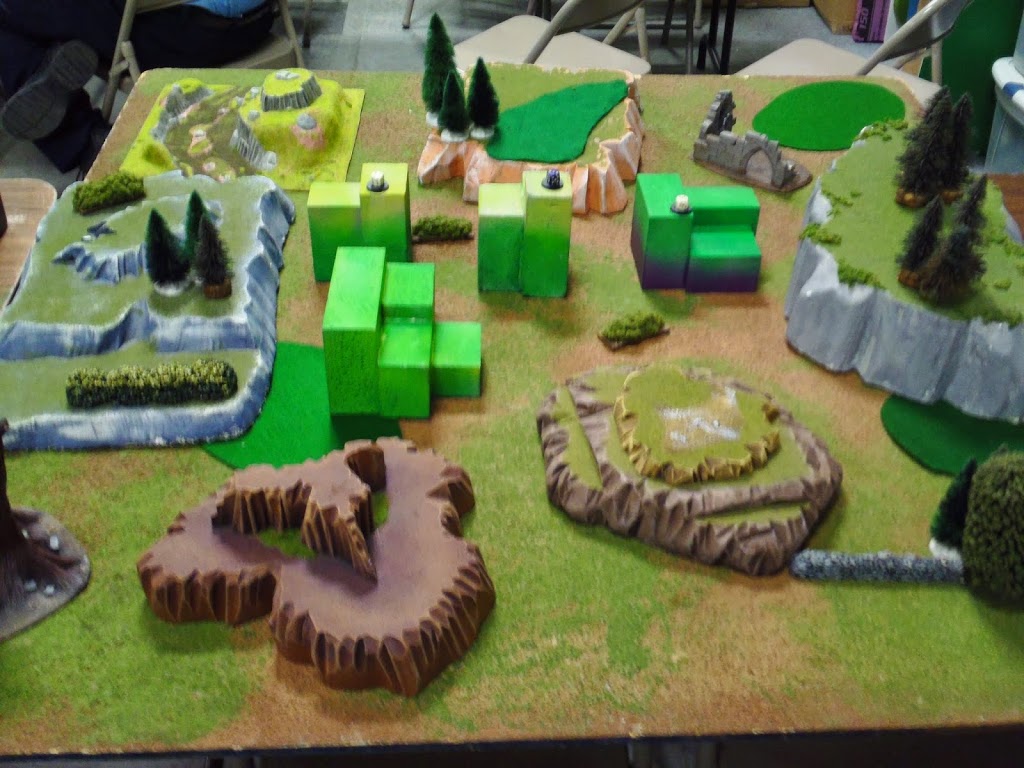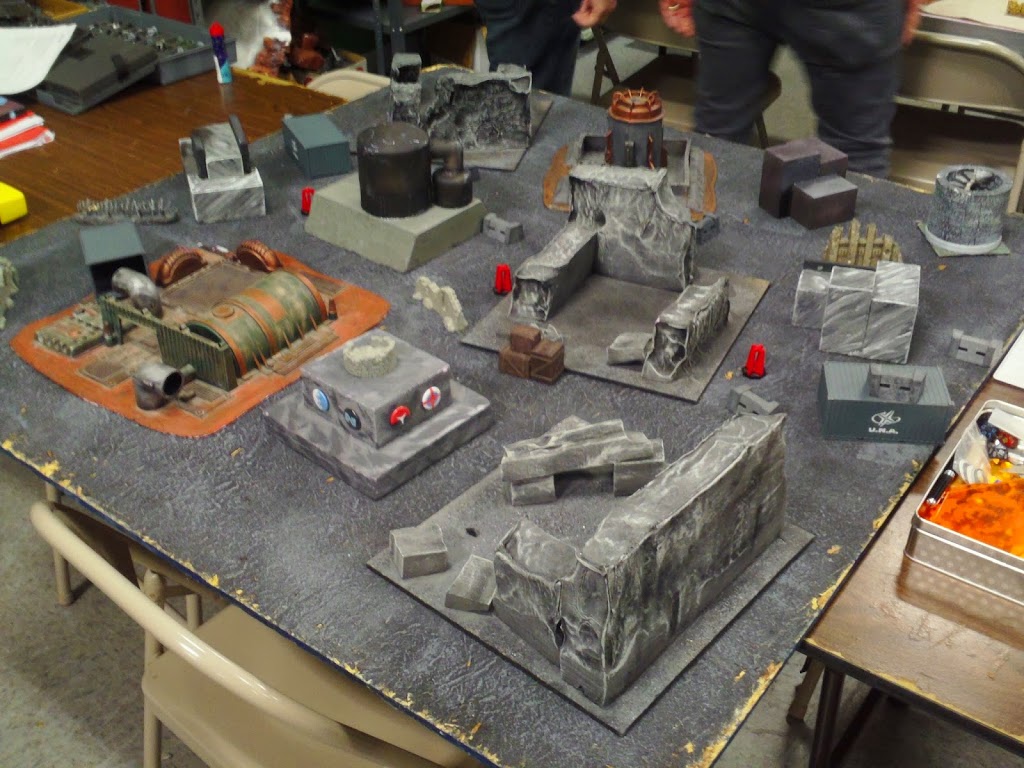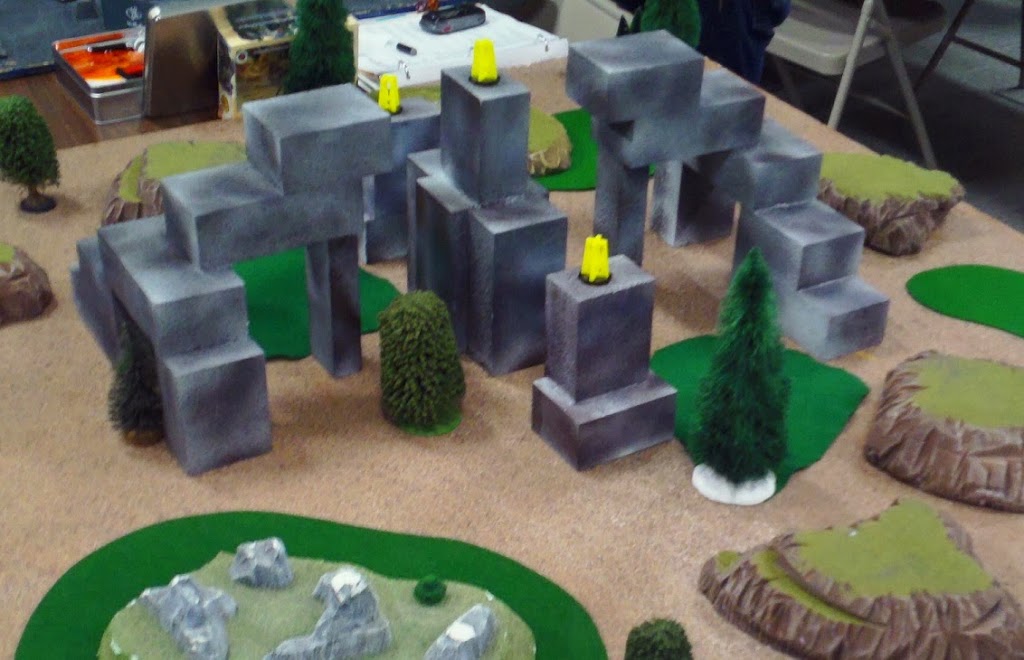Infinity – Making a Dynamic Story-Driven Infinity Event (Part 1)

I am a table top wargamer. If there were a TTWA (last letter anonymous) meeting, I would probably be attending regularly as it has definitely become a “not so insignificant” part of my life. But in a previous life, RPGs were my addiction. And in the RPG world I often ran the games. In my mind there are two things that separate the TT and RPG gaming styles. The first is that in Table Top games, player actions do not typically have consequences in later missions. Secondly, it’s rare to have one day events where a story arc carries over from mission to mission. More succinctly, it’s the constants and variables of player action and story arcs. This article will be broken up into two parts, this first part talks about the design of the system. Part 2 and 3 will talk about the actual mission and flow of the game. This will mean that parts 2 and 3 will be full of spoilers.
Beyond the differences that exist at a genre level, when you pull something like this off you have to designate a game master who holds the secrets. Another key element are players who are willing to accept the fact that they will not be told everything up front. Lastly, you have to have a game master who can think on their feet in case something happens unexpectedly.
Thank You….
- John Sigsby and Tim Korklewski who allowed me to throw ideas at them until multiple unified story arcs emerged.
- Magnos from the Infinity forums who’s Fiddler event at Gencon 2013 heavily influenced the final boss fight.
- Carlos Bostria who listened to my “low gravity” idea and attempted to poke rules holes in it until it was solid.
- Ian Combs who has a sister article to this one on House of Paincakes and who brought the final terrain that fit the world to a “T”. I’m certain that Ian’s article will also contain spoilers.
- The guys who are behind proxy army for use of two of their hand crafted models that were painted as escape vessels.
- A huge thanks to the entire war gaming group who either game at or came to Atomic Empire to be my guinea pigs.
- And lastly, Atomic Empire who let me run an event where we donated all proceeds to Hope Animal Rescue.
But what if you stretched that sense of “not knowing” beyond one mission? Also, could you leave the players with a sense of “agency”? Where decisions made in earlier missions would impact the course of the story line with consequences. When I was not working at the Corvus Belli booth, I was creating an outline for such an event.
This would require me to hide a lot of details from the attendees. Afraid of spoiling plot points, it also meant not telling them what their lists should look like. Because of this, I needed to make the objectives in my missions simple to understand and allow missions to be achieved with multiple types of units. The framework would be derived from existing ITS missions, but I would remove restrictions on needing particular types of units. Any unit could perform objectives, it would just do so at a severe penalty if it wasn’t the right type of unit.
Story Arc of the Event:A Tohaa distress signal is picked up from a distant planet in a separate solar system. The Distress signal is originating from a scientific/military installation that was in the process of developing a New Unhackable TAG. The TAG has evidently destroyed their facility and only a handful of Tohaa Scientists remain. Each faction has it’s own reasons on why they’d want to help.
CA – Tohaa = bad, Take their tech and assimilate it.
Tohaa – we want our stuff back.
Ariadna = After the Merovingian’s was able to acquire the Anaconda TAG, there has be increased interest in this technology. The fact it can’t be hacked (a skill Ariadna does not have a lot of proficiency in) their interest level is EXTREME.
PAN O/Yu Jing/Haqqislam – Similar to Ariadna, but an even increased interest since they became aware that the planet also holds a new liquid based mineral which could be used to block cubes from being sepsitored.
Advertisement
Aleph – Similar to Above, but they want to prove that it was a Nomad who found a way to subjugate the Tohaa tech and Hack the Unhackable TAG.
Nomads – Were aware that the Tohaa were working on such technology and sent a small shuttle of Hackers to see if they could still take the TAG over. No word has returned from this advanced team. If the Nomads did find a way to break the TAG, then they want to keep that knowledge hidden from the other factions (including getting their team off the planet).
Ambition Slightly Curbed
I took assessment of the terrain that I had and what had to be built. Based on my initial plot lines, for a 6 to 8 player event, I would have needed 7 4×4 terrain boards. At the time, I had 3 boards ready. There was too much to do, and too little time to do it in. After carefully analyzing the scenarios, I found a way to avoid the 7th terrain board. I then got an email from Ian who offered to provide a heavily industrialized board. This was a huge relief as the scenery for the climax to the story was now set to go.
I also started creating an animated series of videos that I was going to let the players see before each turn of the game. However, after play testing the scenarios, I realized that I had to change some of the rules and was not able to redo the audio in the animations to accommodate the rule changes.
Next week we’ll take a look at the story line that took place and what the final outcome was. If you could have any story or special rules applied to a mission what would you like to see?

